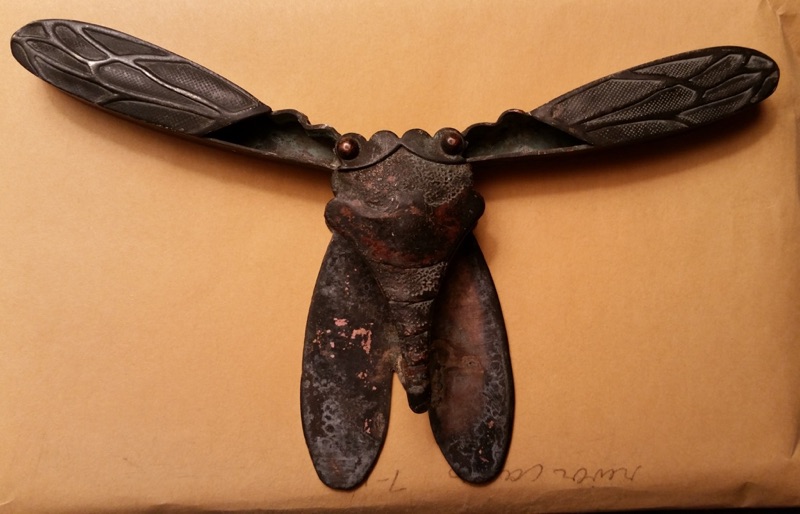Here’s two Neotibicen lyricen engelhardti photos by Roy Troutman from 2004. Probably taken in Ohio.
Neotibicen lyricen engelhardti is also known as the “Dark Lyric Cicada”.
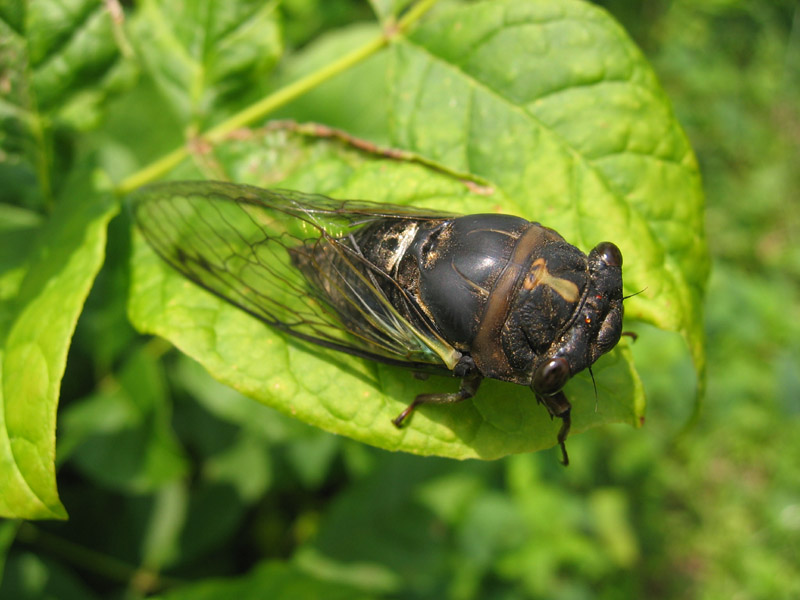
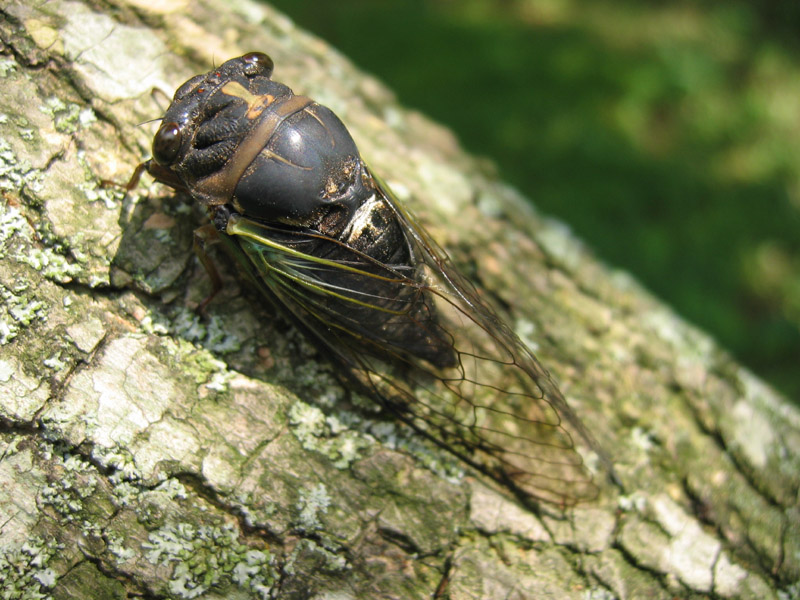
People who have contributed cicada photos, videos or other media and information to cicadamania.com.
Here’s two Neotibicen lyricen engelhardti photos by Roy Troutman from 2004. Probably taken in Ohio.
Neotibicen lyricen engelhardti is also known as the “Dark Lyric Cicada”.


Fidicina mannifera from Brazil, Photo by Leonardo Milhomem. 2005.
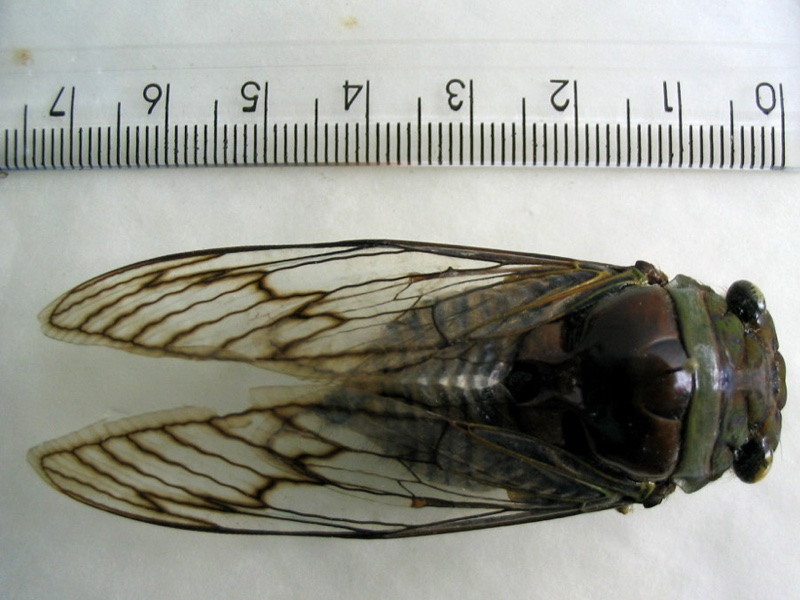
Majeorona aper from Brazil, Photo by Leonardo Milhomem. 2005.
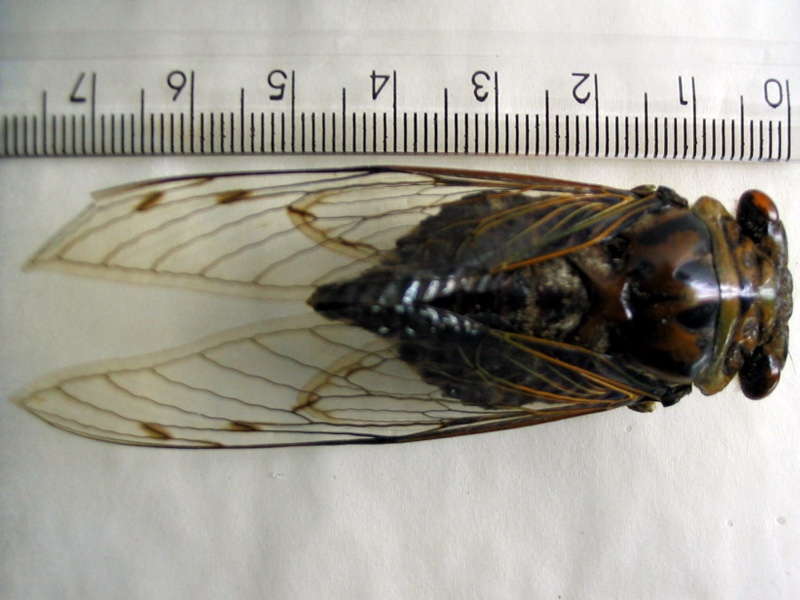
Quesada gigas from Brazil, Photo by Leonardo Milhomem. 2005.
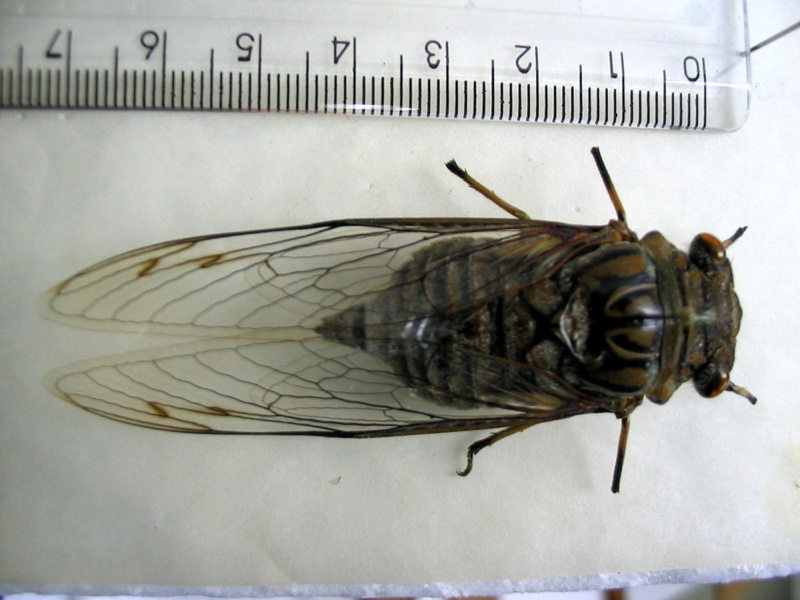
Back in the 1990’s Archie McPhee/Accoutrements distributed the Lucky Cicada, a toy with a keyring that would sing when you squeezed its abdomen. Its eyes lit up green too.
All we have now are memories and memorabilia, because they aren’t making them anymore. That said, there are manufacturers in China who have the plans and will make them. That’s a story for another day. Thanks to Roy Troutman for the images.
Front and back packaging:
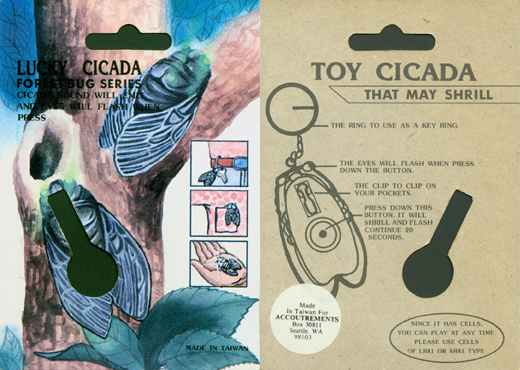
The keychain and packaging:
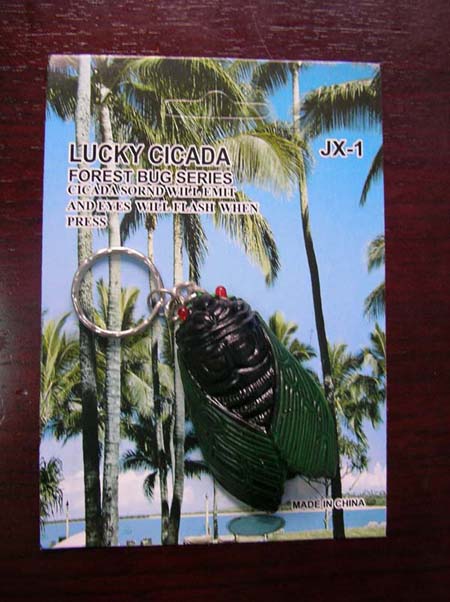
4 different paint jobs. And red eyes! Collect them all!
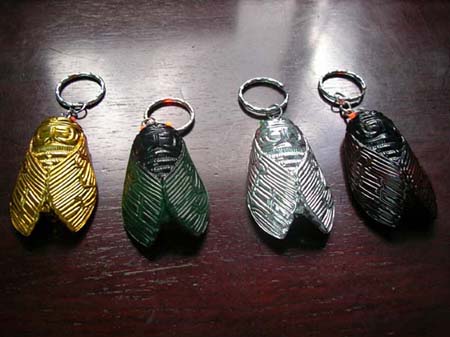
Continuing from part 1, Elias Bonaros did some digging and took these photos of first and second instar Magicicada periodical cicadas on a warm winter day (March 21, 2010).
Now you know what cicadas look like when they’re underground!
Generally speaking the ones with the bulbous abdomens are second instar, and the smaller ones with the less bulbous or not bulbous abdomens are first instar.
Have you every wondered what cicadas look like when they’re underground? Elias Bonaros did some digging and took these photos of first and second instar Magicicada periodical cicadas on a warm winter day (March 21, 2010). Magicicadas have 5 instars, or phases of development. Each phase has a slightly different appearance.
This is a probable second instar nymph of Magicicada septendecim (Periodical cicada) from the 2008 Brood XIV emergence. Dug up from beneath an oak tree. It was living approximately 4-6 inches from the ground surface. Temperature 70 degrees.
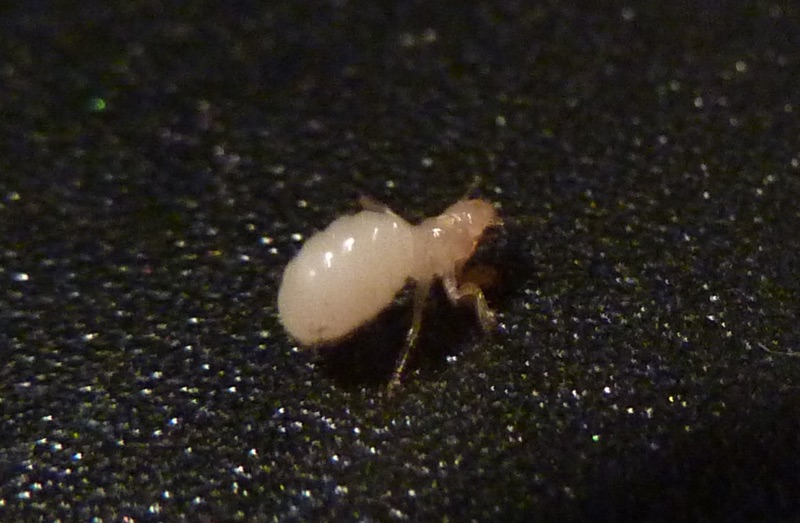
These are probable first and second instar nymphs of Magicicada septendecim (Periodical cicada) from the 2008 Brood XIV emergence. Dug up from beneath an oak tree. They were living approximately 4-6 inches from the ground surface. Temperature 70 deg.
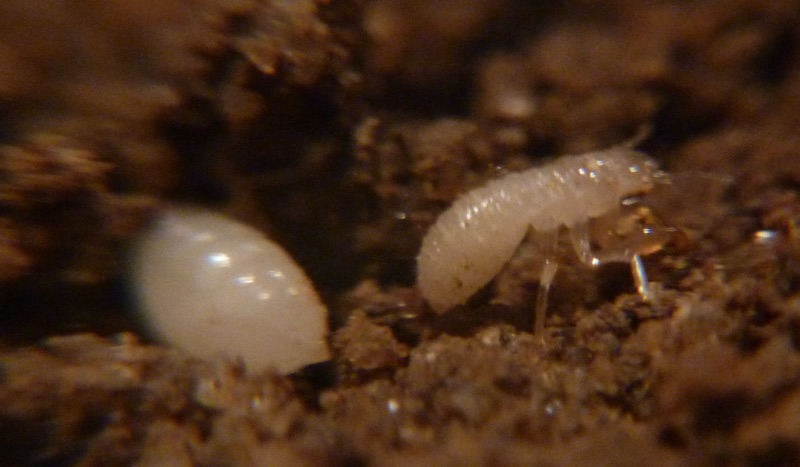
Joe Green’s Neocicada hieroglyphica photos from 2007, Florida, part 2:
Joe Green’s Neocicada hieroglyphica photos from 2007, Florida, part 1:
Roy Troutman sent us photos of this mysterious cicada-shaped object. We don’t know what it is, but it looks cool.
Front:
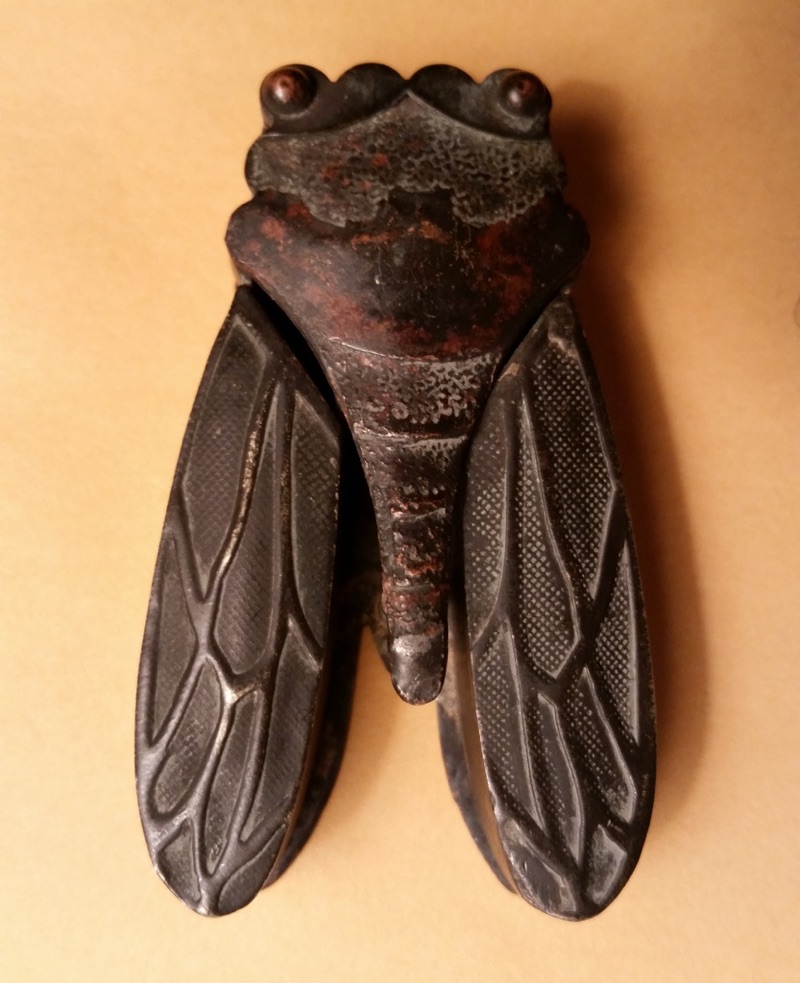
Back:
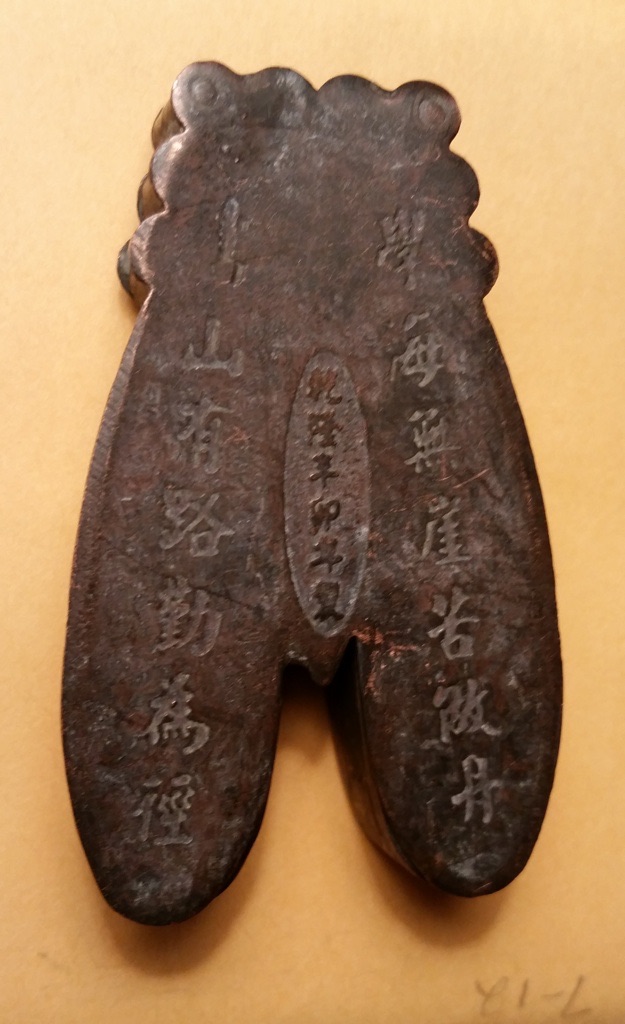
Wings spread:
